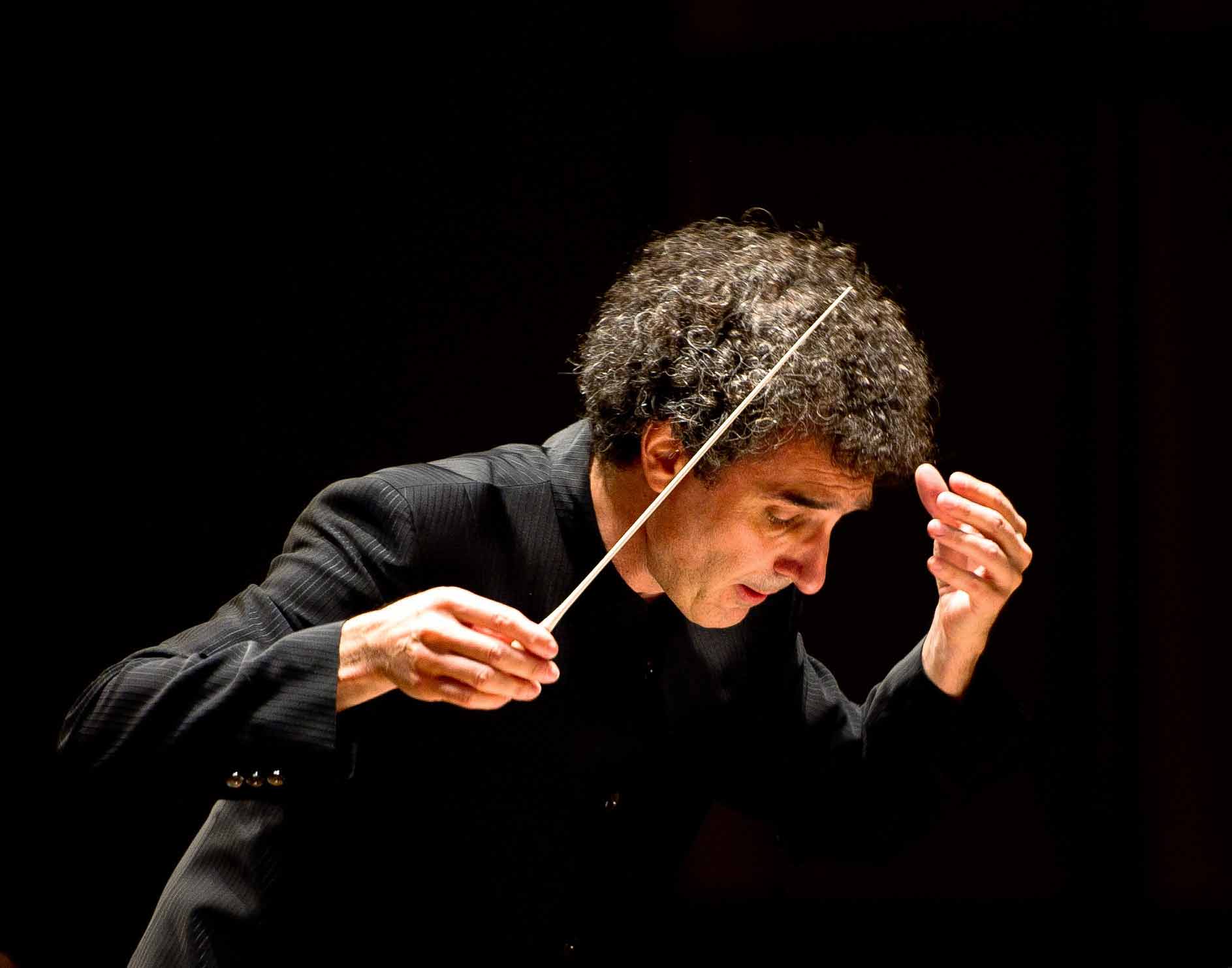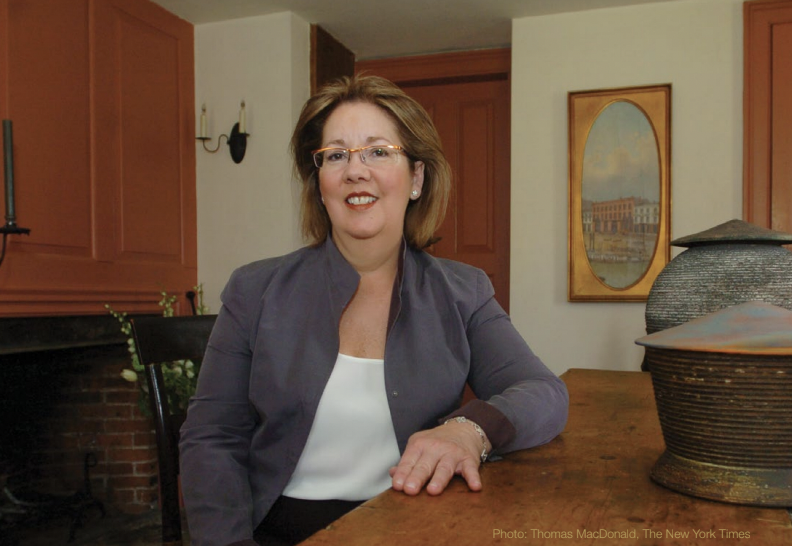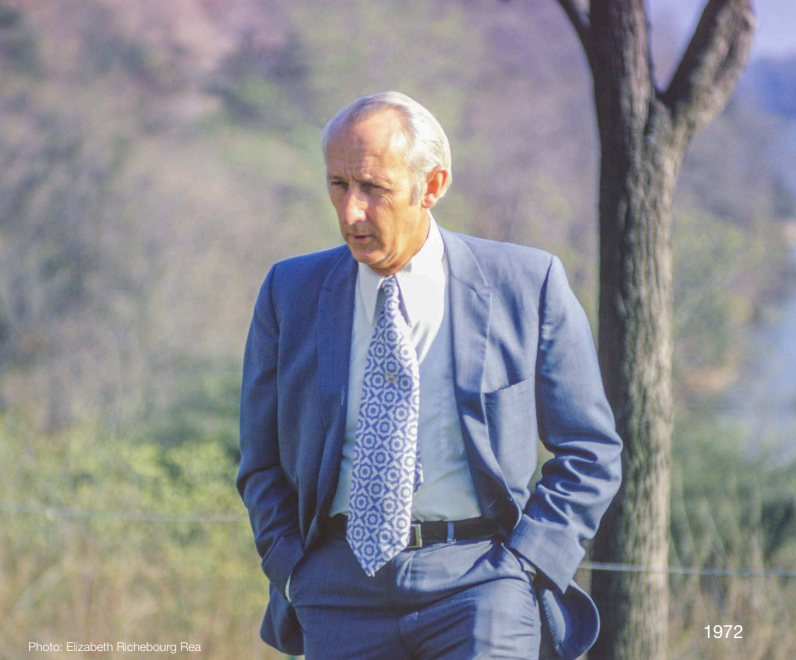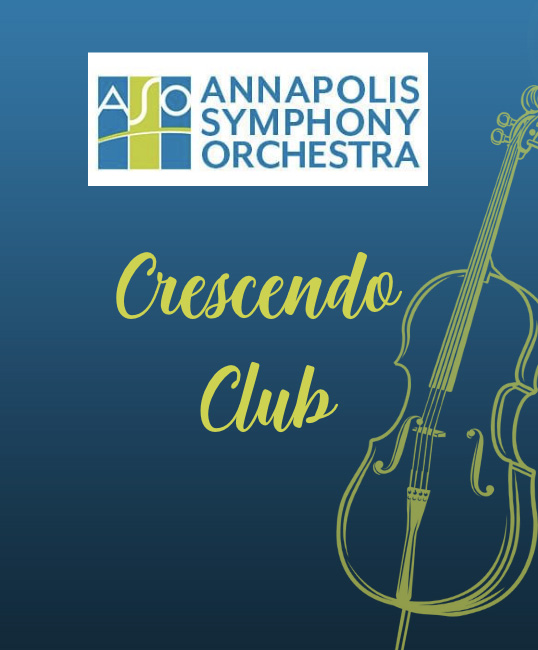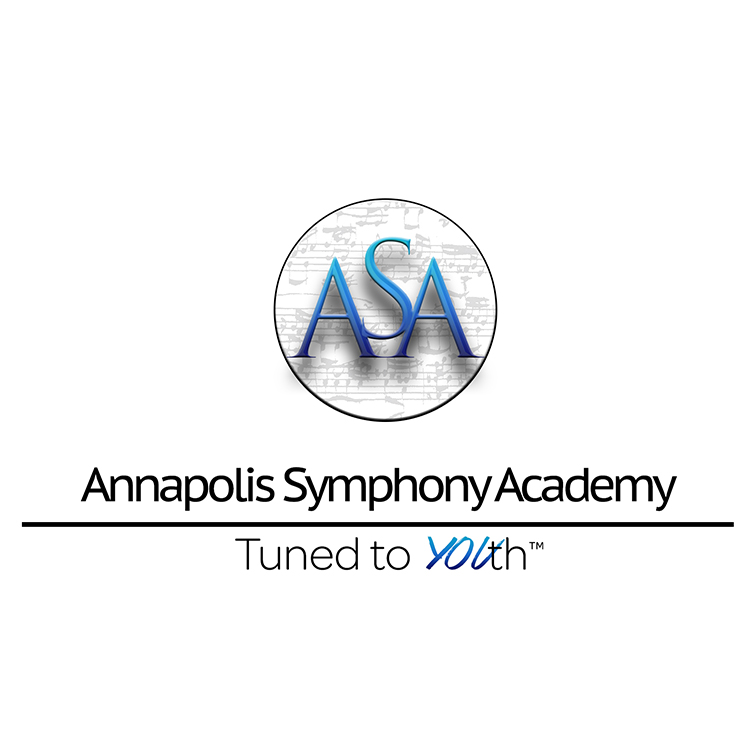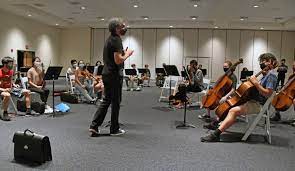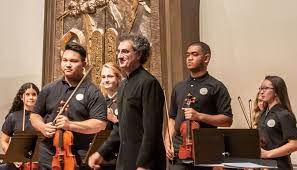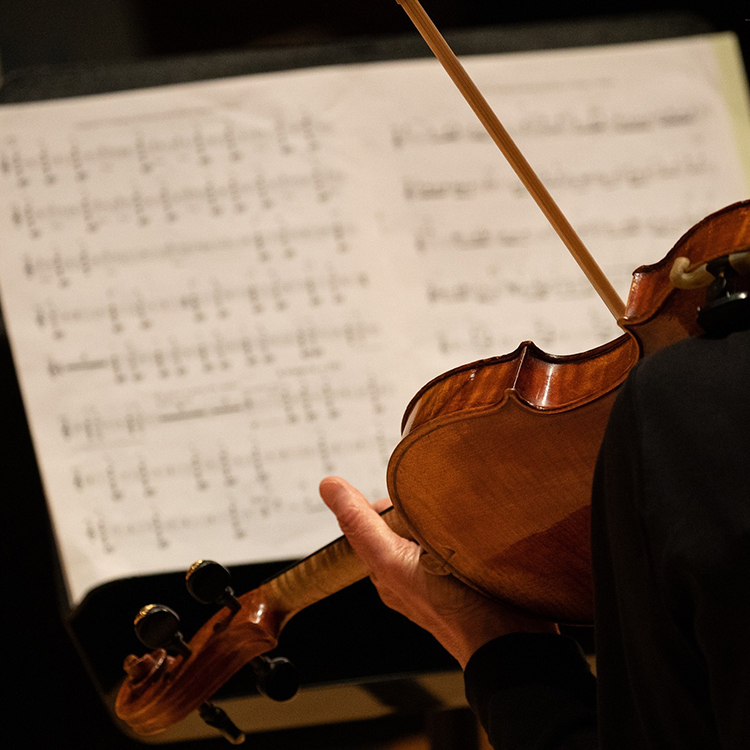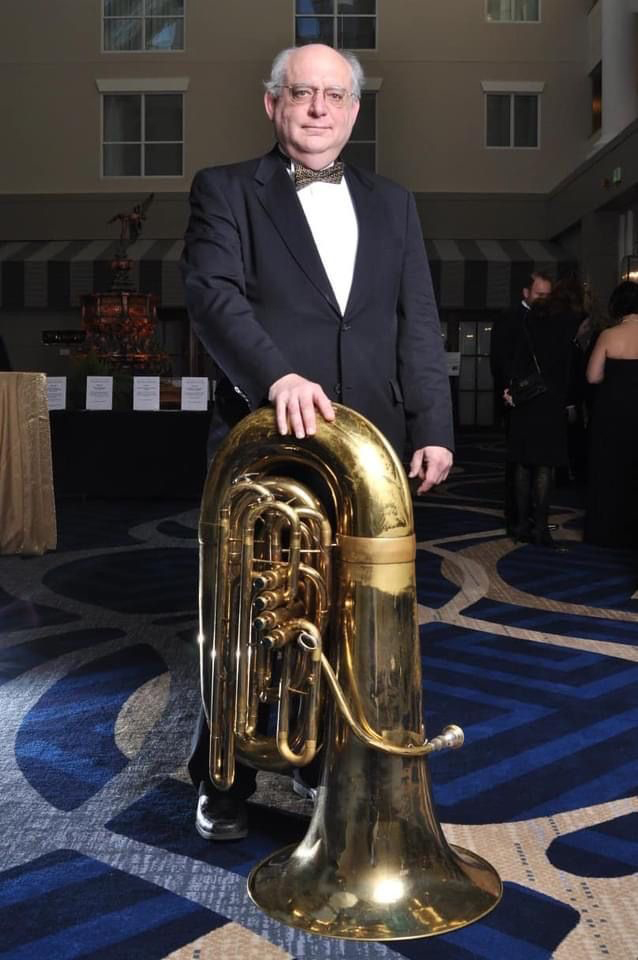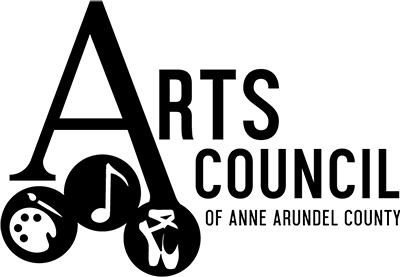Gifts in the current fiscal year, as of March 15, 2023, to support the Orchestra’s 5-Year Strategic Vision to “play more music in more places for more people”.
The Annapolis Symphony Orchestra is sustained through the continuous support of hundreds of generous patrons. The leadership of those listed on these pages (with gifts of at least $100) shows an extraordinary depth of support for the Orchestra’s music making, education programs, and community initiatives.
+ Multiyear Pledges
Multiyear pledges support the Orchestra’s 5-Year Strategic Vision while helping to ensure a sustained level of funding. We salute those extraordinary donors who have signed pledge commitments of three years or more. These donors are recognized with this symbol next to their name: +
GIFTS OF $1 MILLION AND MORE
Marguerite Pelissier and Bill Seale
Joyce Pratt and Jeff Harris+
The Philip Richebourg Circle
GIFTS OF $500,000 TO $999,000
Elizabeth Richebourg Rea
GIFTS OF $250,000 TO $499,999
Michael Kurtz+
Laird Lott and Linda Gooden
GIFTS OF $150,000 TO $249,999
Kathleen and Robert Arias +
Jillinda Kidwell +
GIFTS OF $50,000 TO $149,000
Jane Campbell-Chambliss and Peter Chambliss +
Shelley Row +
Stephen A. Sotack +
GIFTS OF $25,000 TO $49,999
Tara Balfe Clifford +
Al and Ginger From +
Julie and Charles Grudzinkas
Dr. Mary C. McKiel+
Martha and John Schwieters
Patricia and David Mattingley+
Peter and Sarah Evans+
GIFTS OF $10,000 TO $24,999
Paula Abernethy
Peter Bungay and Joy Chambers +
Florence M. Calvert +
James W. Cheevers
Jesse Cunitz and Faith Goldstein Cunitz
Deborah Howe +
David and Eleanor Huggins
Mimi Jones +
Katherine Lantz
Diane Steed
Ann and Robert Whitcomb +
GIFTS OF $5,000 TO $9,999
Herb and Sally Abeles
Susan Byrom and Robert Thomas
Mr. and Mrs. Arthur Edwards Jr.
Collot Guerard
Capt. Mark and Michelle Hellstern +
David Irving
Fred Stielow & Susan Rosenfeld
GIFTS OF $2,500 TO $4,999
Betsy and Arthur Chotin
Prudence Clendenning
Ken Code
Marguerite and Enser Cole
Dorothy D’Amato
William and Renata Davis
Drs. Mark C. Davis and Ann A. Tran
Thomas DeKornfeld
Anna E. Greenberg
Pierre and Danalee Henkart
Jan and David Hoffberger
Karl and Marge Hoke
Ms. Lori Kesner
Paige Miller Memorial Scholarship
Anne S. Potter
Steve Root and Nancy Greene
Amy & Joe Rubino
William and Constance Scott +
Doug and Karen Smith +
Russ Stevenson and Margie Axtell
Judith Templeton
GIFTS OF $1,000 TO $2,499
Anonymous
Bill and Lisa Abercrombie
Martha Blaxall and Joe Dickey
Ann Burchard
Hugh Camitta & Louise Snyder
Diana & Kazmieras Campe
Joseph & Patricia Casey
Jane Danowitz
Don and Keren Dement
Angela Eggleston-Howard
Renee Ehler and George Bentley
Dr. Richard and Carole Falk
Bob and Diane Heaney
Richard and Lisa Hillman
The Johansen Family
Barbara Lazar
Janet Little
Elizabeth Mainiero
Pat Mager
David McGill
Lee Mueller
Rob & Patti Muir
Laura Murray
Cheryl and Jim Painter
Beth Penn
Kathryn Porter
Clay and Carol Richards
Carolyn Robertson
Pamela Roeming
Mr. and Mrs. Michael T. Schuncke
Richard and Martha Schoenfeld
Bob Sherer
Dr. Rodney Tomlinson and Ms. Sari Kiraly
Mrs. Tamara and Dr. Stephan Tymkiw
George and Charlotte West
Anonymous
GIFTS OF $100 TO $999
Anne Scrivener Agee
Margaret Alaxanian
Michael Alin and Ann Carroll
Linda Allen
Vanessa Andris
Jack and Leslie Andryszak
Lillian Armstrong
Ms. Susan Armstrong
Karen Bakkegard
Adele Baron
Susan & Jess Behringer
Julie Belkin
Pam Benitez
Peter Bittner and Margaret Keegan
Marjie and Frank Blanco
Bernard Bradpiece
Pat and Karen Brown
Carmen and Nancy Brun
Mr. David Bush
Carolyn Cassidy
Pamela and James Chaconas
Patrick and Nancy Clagett
Rosemary Claire
Elizabeth Colandro
Mr. and Mrs. Andrew L. Cole
B.S. Creighton
Judy Crews-Hanks and Brian Hanks
Barbara & James Cyr-Roman
Mary Jean Davidge
Christian Davis
Mr. and Mrs. Robert Demoyer
C. DeVore
Peter Eareckson
Sylvia and James Earl
Fred and Susan Eckert
Mr. Michael Eckhart
Robert and Gloria Ellsworth
Sharon Engelhard
Mr. and Mrs. Donald C. Erickson
David and Janet Ewing
Pauline Farmer
Mr. and Mrs. Millard Firebaugh
James R. Fitzpatrick
David and Cindy Fox
Patricia Frese
Sheila Gagen
Julia Elizabeth Garraway
George Geneaux
Elizabeth Gordon-Bluntschli
Diane W. Green
Arthur Greenbaum
Arnold and Phyllis Gruber
Valerie Gutterson
Georgina Hammond
Patty Harris
Mr. and Mrs. Robert M. Hecht
Tylar and Carol Hecht
D. Gayle Hensley
Gretchen Herdt
David Herron
Margaret Hosmer
Hugh and Deborah Houghton
Dr. and Mrs. William Hunter
Sally W. Iadarola
Beth D. Jacob
La-Royce Jordan
Monica Kaiser
Tomoko Kanamaru
James Kaper & Carol Tacket
Lawrence and Jeanne Kelly
Nick Kemp and Kay Osburnsen
Ernie and Chris Kent
Jack and Maria Kersh
Marvin and Nina Kesner
Getha Klejnot
Linda Kolosky
Alice Kurs
Carol Laurenzano
Norman & Doris Lerner
Ellen and Joseph Levin
Susanne Lieberman
Timothy and Katherine Lynch
Lynne Malley
Shaun Mathis
Colin McIntosh & Robert Smith
Teresa McKenna
Elaine Mines and Norman Mines
Francisco Montero
Ed Moses
Don and Carol Nelson
David & Carol Newman
Nancy Nicoll and Richard Wagner
Susan Okula
Lily Openshaw and Dave Openshaw
Ed and Jeanne Paglee
Nancy Prendergast
Kristen Pironis
Bob and Cookie Pollock
Fred Probeck
Caroline Purdy and John Gudas
Margret Rauh
Ken and Maureen Reightler
Mr. and Mrs. Daniel Risher
Christopher Rizek
Jack and Ida Roadhouse
Constance Robinson
Paul and Joan Rosenberg
Barbara and Everett Santos
Jeffrey Scherr
Ken and Elaine Schmidt
Mr. and Mrs. Randy Schmitt
Scott Schollenberger
Donald Silawsky
Jill and Joseph Simon
Anne Sloan
Mr. and Mrs. Eric Smith
Lisa and Chris Smith
Walton Stallings
Robert and Barbara Stern
Anne K. Stratton
Dr. and Mrs. Albert Strunk
Thomas Taneyhill
Philip W. Tawes and Edwards Adams
Emily Tevault
Brian Thiel
Paula Thistle
Larry and Betty Thompson
Peter Threadgill
Laura and Jack Van Geffen
Matt Venhaus
Mr. and Mrs. Damien Wanner
Cynthia Wells
Hans Wein and Jean Mitchell
Mr. and Mrs. Ken Wexley
Tara Wittig
Mr. & Mrs. Clifford Woodward, Jr.
Francis Wright
Bernard and Louis Wulff
Cecelia Wyatt
Mark Wynn
Marion and Norbert Zacharias
Rosalie Zaia
Anne Zanazzi
Pat Zeno and Frank Parent
David Zinnamon
Anonymous (4)
We make every effort to ensure accuracy. If you notice an error, omission or would like to be recognized in a different way, please let the Symphony staff know at your earliest convenience. The Annapolis Symphony Orchestra greatly appreciates all contributors of any amount.
The Annapolis Symphony Orchestra is funded by operating grants from the Maryland State Arts Council, an agency dedicated to cultivating a vibrant cultural community where the arts thrive, and the Arts Council of Anne Arundel County, which receives public support from Anne Arundel County, the City of Annapolis, and the Maryland State Arts Council. Funding for the Maryland State Arts Council is also provided by the National Endowment for the Arts, a federal agency which believes that a great nation deserves great art.
